
Annuals: seeds, plug plants or pots?
Advantages and disadvantages of each packaging type
Contents
Annuals are plants whose life cycle (germination, growth, flowering, seed production) lasts only one year. Unlike perennial plants, they are not long-lasting. However, many varieties can self-seed year after year.
These fast-growing annuals can include flowers, vegetables, or herbs. In the garden, they can be integrated into the vegetable patch, in borders, in rockeries, in flowering pots, or for many other uses, catering to all tastes and meeting all needs.
You can choose to buy seeds to sow or prefer a packaging of plug plants or pots. Let’s explore the advantages and disadvantages of each to help you make an informed choice.
Sowing of annual plants
Sowing is the most economical solution for obtaining annual plants. It is indeed possible to produce a large quantity of plants for a modest sum.
Annual flower seeds or other annual plants are inexpensive, widely available, and easy to find in shops, garden centres, seed merchants, and online. You can choose organic, untreated, or traditional seeds. Packs containing several dozen, or even hundreds of seeds, depending on the varieties, can generally be stored without issue from one year to the next. Just be sure to keep them in a cool, dry place.
The main drawback of sowing is that germination can be uncertain. It is subject to many factors, and the risk of losses is significantly higher than with plants in plug plants or pots. Damping off, leggy seedlings, pests, and the number of seeds to cultivate are all elements to consider and manage well. However, annual plants are generally known to be easy to sow.
Starting from a seed, watching the seedling grow, discovering the first leaves, and helping it reach its ripeness is a very rewarding experience (for both adults and children!). Don’t hesitate to start with easy-to-grow varieties that will make an immediate impact in the garden: zinnias, ipomoeas, calendulas, nasturtiums, scented peas, marigolds…
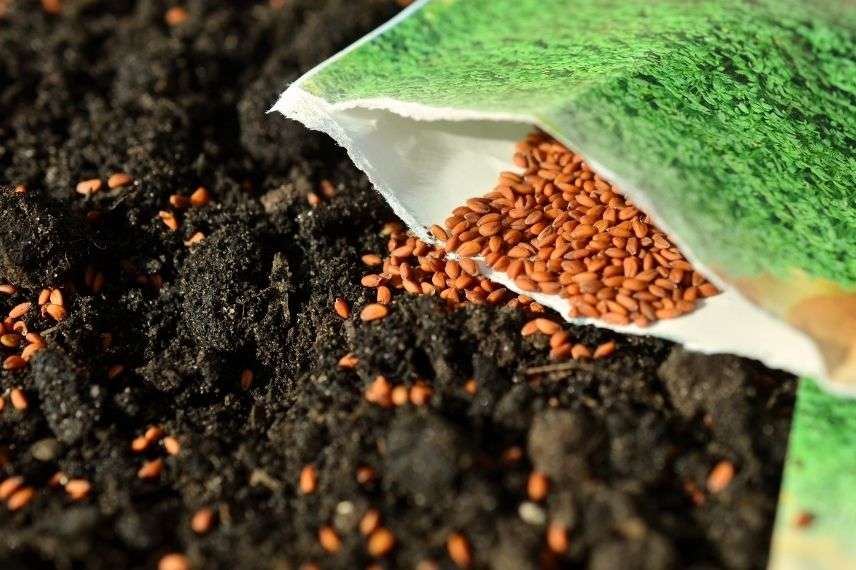
Precautions
For annuals, the ideal sowing period is generally early spring. Sowing can be done directly in the ground, by broadcasting, in clumps, or in rows. Very small seeds, which are almost impossible to sow individually, are indeed sown by broadcasting. This is the case for green manures like mustard or clovers, and flowers like cornflowers or nigella, to name just a few.
Other seeds will be sown in pots or trays to better control the growing conditions and promote germination. This technique often saves time and allows for earlier sowing, especially if you have a greenhouse, conservatory, or a bright place sheltered from frost. It also protects the more delicate annual plants and those that crave warmth at the beginning of their growth, preventing them from being exposed too early to greedy gastropods or still unfavourable climatic conditions. This applies to vegetable garden plants like tomatoes or aubergines, but also to flowers that are quite large at maturity, such as sunflowers.
Find our various advice sheets and tutorials to successfully sow your annuals.
- Sowing annual seeds: how to do it successfully, in the ground or in trays
- How to successfully sow by broadcasting?
- Sowing in pots
- Sowing in trays
- Indoor sowing: useful and practical tools and accessories
In summary
Pros:
- the most economical solution, even for small budgets
- seeds available almost everywhere
- under good storage conditions, seeds can generally be stored from one year to the next
- observation of the complete life cycle of a plant
Cons:
- requires time, attention, and a bit of equipment
- higher risk of losses compared to other packaging
Annual plants in plug plants
Plug plants are the intermediary between seeds to germinate and young plants in pots. These are very young plants, often available in trays of several subjects or individually.
Once reserved for professional gardeners, they are now accessible to everyone and offer an increasingly wide choice of varieties.
Their main advantage is that they eliminate the seed germination stage, which, as we have seen previously, is subject to many factors and cannot always be 100% reliable.
As the plants are younger, they require less care and storage time than annuals in pots; they are therefore cheaper to purchase.
Another benefit is their speed of flowering or production. The seedlings have had the opportunity to develop their root system well and have not been “forced” to flower or produce.
Plug plants are therefore ideal for gardeners who have not had time to sow or have missed their sowing. They are, for example, widely used in the vegetable garden for vegetables.

Tomato plants in plug plants
Precautions
Annuals in plug plants are still young plants. They are therefore fragile, and their appearance may indeed unsettle inexperienced gardeners. Indeed, as the plant has concentrated its energy on producing a good root system, its aerial parts may appear weak or unhealthy. After purchase or receipt, it simply takes a little care to allow them to develop well.
Remove them from their packaging and soak them in a container of water at room temperature to allow them to rehydrate.
If the weather conditions are favourable, plug plants can be planted immediately in containers, pots, or directly in the garden. Conversely, if there are still risks of frost, the plug plants should be initially planted in pots or containers, kept in a bright, warm, or temperate place according to the needs of the specific plant.
For more information, you can consult our dedicated advice sheets for planting plug plants: Planting vegetable plug plants or Planting tomatoes in plug plants.
In summary
Pros:
- quicker and simpler than sowing
- developed root system
- successful establishment assured
- cost-effective (less expensive than annuals in pots)
Cons:
- immediate care required after acquisition (no long-term storage possible)
- potting may be necessary before final planting (additional step)
- more expensive than sowing
Discover other Annuals
View all →Available in 1 sizes
Available in 1 sizes
Available in 1 sizes
Available in 1 sizes
Available in 1 sizes
Available in 1 sizes
Available in 1 sizes
Available in 1 sizes
Available in 1 sizes
Available in 1 sizes
Annual plants in pots
Plug plants of annuals are the simplest and quickest solution. The plants have passed the most sensitive stage of their development and are ready to be directly planted in the ground or in a larger container to continue growing and producing.
They are available at all garden centres and nurseries and can even be purchased at the end of the season, when the sowing period is over.
Buying annuals in pots can be essential for plants with difficult germination (germination rates lower than average), such as salicornia, for example.
It is also a practical solution for gardeners who have not succeeded in their planting or who could not obtain seeds or plug plants in advance.
The care required, longer storage, and transport of plants in pots obviously impact their selling price: this is the most expensive packaging option.
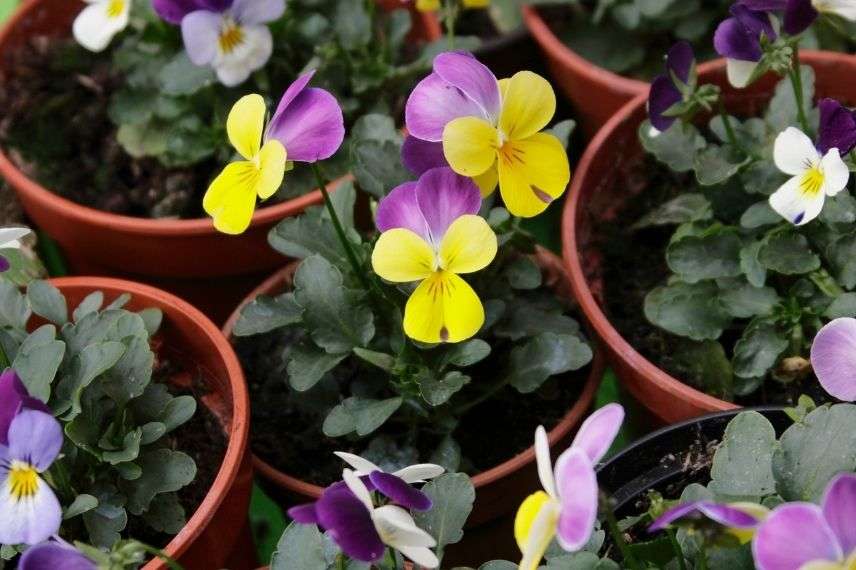
Pansies in pots
Precautions
Annuals in pots should be planted once all risk of frost has passed, directly in the ground, in pots, or in window boxes.
In the meantime, they can be kept in a bright, frost-free location.
Before planting, be sure to water or rehydrate the pot by bottom watering. This will also facilitate the removal of the plug from its container.
In case of root binding, it will be necessary to loosen the plug to free the roots. For more information, follow the advice in our sheet: What is root binding and how to avoid it?
In summary
Pros:
- easiest and quickest solution
- longer availability
- possible storage before planting
Cons:
- more expensive
- risk of root binding
- less eco-friendly packaging (if plastic)
- Subscribe!
- Contents
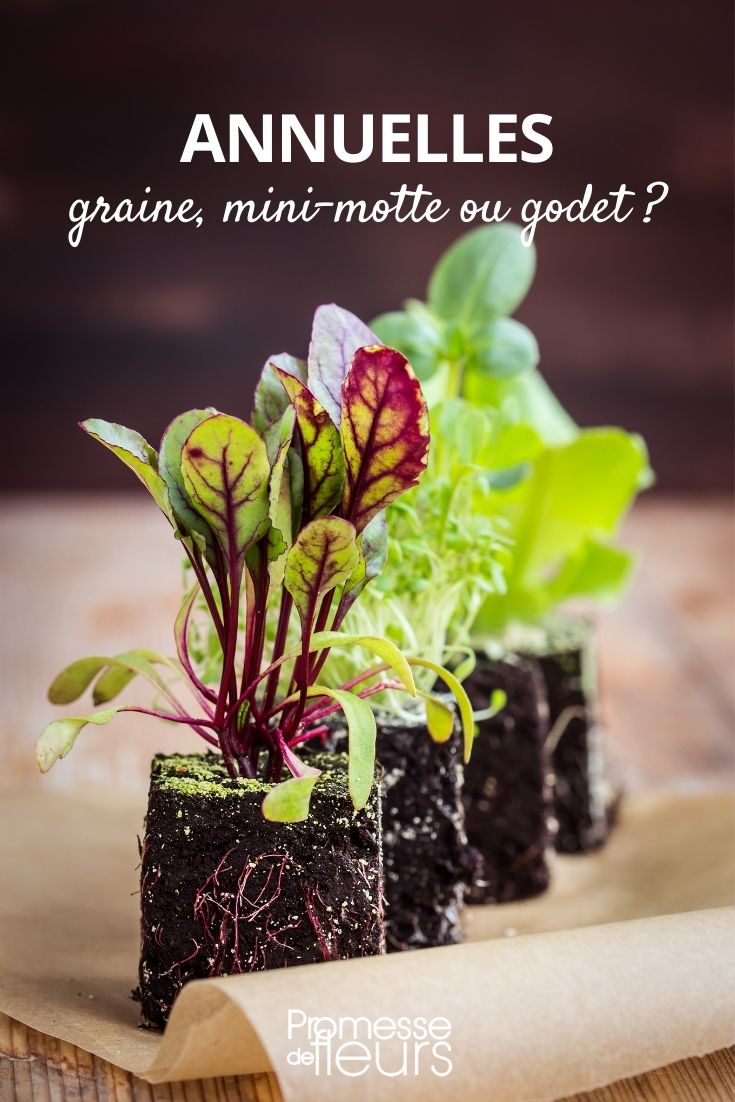































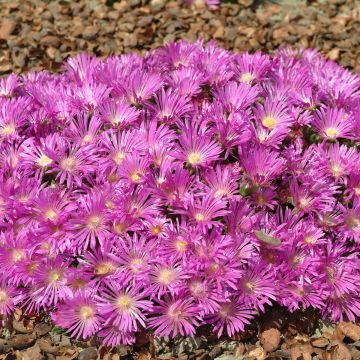

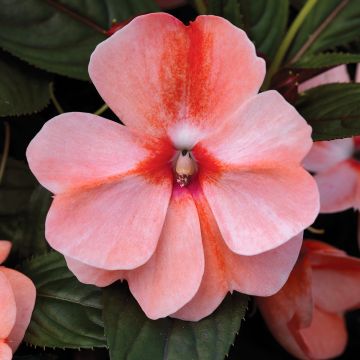



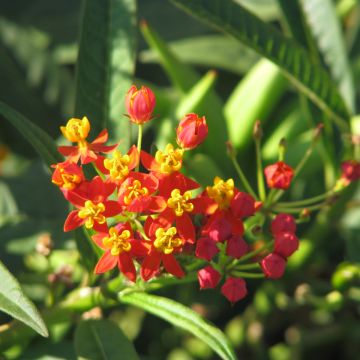
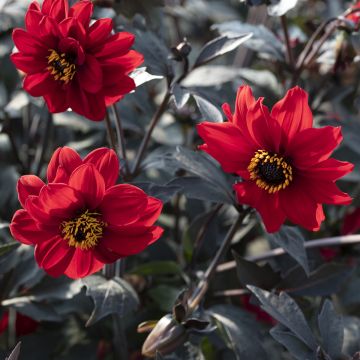

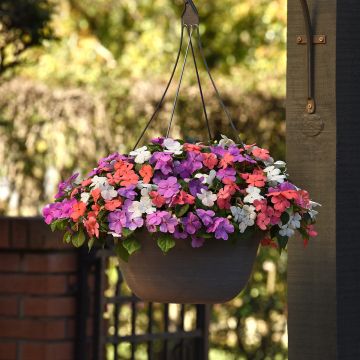
Comments